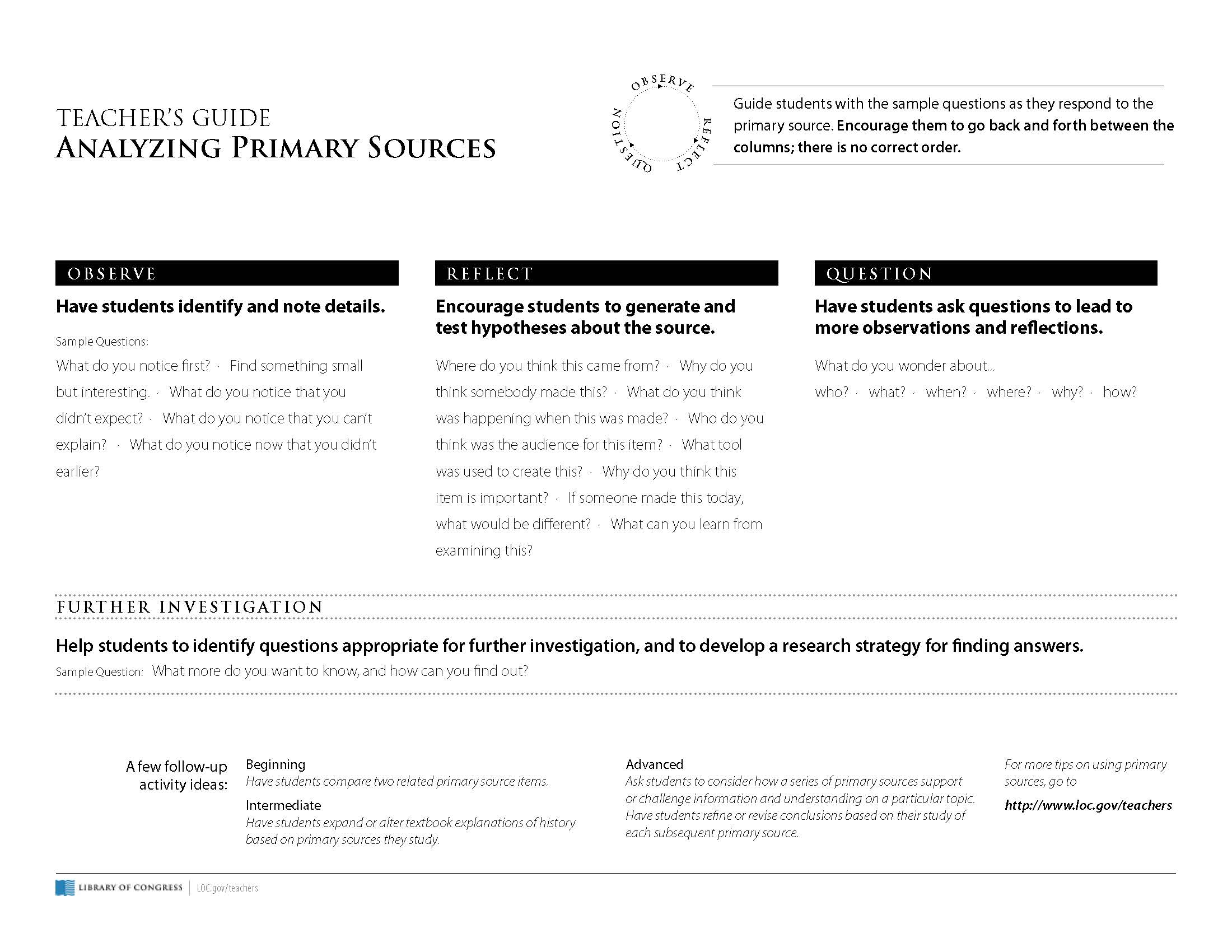Primary Sources
Sara Barclay
What is a Primary Source
According to the Society of American Archivists (SAA), a primary source is materials that contain firsthand accounts of events and/or that were created contemporaneously to those events or later recalled by an eyewitness. The SAA also notes that primary sources emphasize the lack of intermediaries between the thing or events being studied and reports of those things or events based on the belief that firsthand accounts are more accurate. Primary sources reflect what their creator observed or believed about the event. Examples of primary sources include letters and diaries; government, church, and business records; oral histories; photographs, motion pictures, and videos; maps and land records; and blueprints. Newspaper articles contemporaneous with the events described are traditionally considered primary sources, although the reporter may have compiled the story from witnesses, rather than being an eyewitness. Artifacts and specimens may also be primary evidence if they are the object of study.[1]
Importance of Primary Source Literacy
Primary sources are essential for understanding human activity and developing critical thinking skills; they can also be challenging for those who use them. The formats of primary sources may be unique and unfamiliar. They require critical analysis due to their creators’ intents and biases; the variety of contexts in which they have been created, preserved, and made accessible; and the gaps, absences, and silences that may exist in the materials.[2]
This link will take you to the SAA’s guidelines for primary source literacy, for more information on this topic. SAA Primary Source Literacy Guidelines
Accessing Primary Sources

For more information, visit Library of Congress-Assessing Primary Sources
- Society of American Archivists. (n.d.). Primary source. Dictionary of Archives Terminology. https://dictionary.archivists.org/entry/primary-source.html ↵
- Society of American Archivists-Association of College and Research Libraries/Rare Book and Manuscripts Section Joint Task Force on the Development of Guidelines for Primary Source Literacy. (2018). Guidelines for primary source literacy. Society of American Archivists. https://www2.archivists.org/standards/guidelines-for-primary-source-literacy ↵

